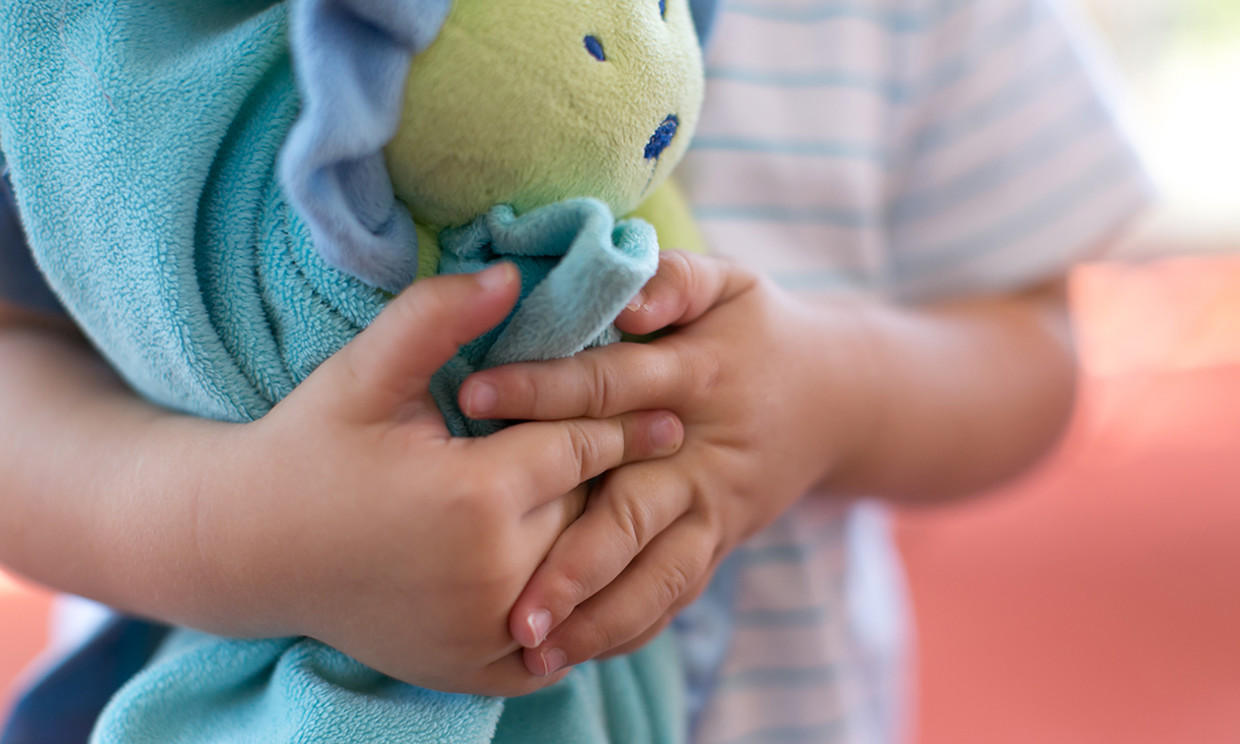Anger, aggression, frustration, delight, sadness and fear are common emotions and behaviours exhibited by young children.
In fact, if you ask most parents, it’s not uncommon to see all of these and more on display in a single day!
For the most part this is all part of normal development and a child’s journey towards self-regulation, but managing certain behaviours in young children can be quite difficult for parents and early learning educators.
Goodstart’s Practice Lead, Troy Dunn talks about the best ways to manage anger issues in children and aggressive outbursts.
What are the typical forms of angry and aggressive behaviour in young children?
Aggressive outbursts are usually goal-oriented, so understanding what the child’s goals are forms the basis for an appropriate reaction by an adult to diffuse the situation.
The outburst could be about wanting something another child has, or not wanting to switch from one task to another, or be in reaction to something the child perceives as being a threat to their security.
Behaviours typical of aggressive outbursts include:
- Yelling
- Tantrums
- Throwing objects
- Hitting, kicking, biting or pushing
According to Troy, aggressive outbursts are nearly always associated with a child’s attempt to make a social connection.
“Young children and toddlers can use things like biting, pushing and hitting as ways to connect with their world,” Troy says.
“At this age they’re yet to develop the self-regulation skills to make these connections in more socially appropriate ways and it may be that an outburst is a strategy that works for them.”
What to do if a child seems out of control
Troy believes that we often try to do too much when a child is in the middle of an anger outburst, when in reality doing less is usually more effective.
“When the child is in the moment of the behaviour, it can be really hard to respond and a lot of educators and parents express that it’s difficult to know the right moves to make,” Troy says.
“When we think about a child who’s out of control and being aggressive, a lot of times we try to teach in that moment and in reality the teaching piece has to stop.”
Troy believes that in stressful situations, such as in the midst of an aggressive outburst, a child’s brain quickly reverts into fight or flight mode which means the child has a very limited ability to understand or process instructions.
So under these conditions, what’s the best course of action for parents to take? According to Troy, there are four things you should consider doing to diffuse an aggressive outburst:
- Minimise your role in it. This is partly to ensure your reaction is kept simple, and partly to reduce an audience which can sometimes fuel or prolong the outburst.
- Remain emotionally neutral. This can be challenging for parents as it’s really hard to remain calm when you’re trying to protect or when you feel like you’ve lost control of a situation.
- Minimise the language you use and keep your instructions very clear and simple. You might direct the angry child to a safer place, or calmly reassure them.
- Do what you can to ensure everyone is safe. Sometimes it’s easier to remove other children from the area than it is to interrupt a an angry child in the middle of an outburst to move them.
“Moving other children away can sometimes diffuse the situation quite quickly, as without an audience the child’s desired response may not happen,” Troy says.
What can you do to prevent outbursts of anger?
Preventing outbursts entirely is unrealistic with young children and will remain so until they’ve fully developed their emotional regulation skills, which may not be until the age of seven or eight.
But outbursts often have familiar triggers, and Troy believes that identifying these triggers and understanding the needs of the child are key.
“To limit outbursts, we really need to understand why the child is expressing these behaviours.
“I would start to look at whether there is a safety need that’s not being met - is there anything that’s made the child feel unsafe? If there is, then our job is to make the child feel safe before we talk to them about the situation.
“Other triggers could include spaces being too crowded or noisy, or not having enough toys or equipment for them to use.
“Young children are very ego-centric and expecting them to happily share is unrealistic, so we either need to manage the amount of resources available or the times when they’re available.”
Preventing outbursts provides more space to start teaching the child better strategies to cope with people and situations. And once emotions have settled, Troy says it’s very important to quickly re-establish the relationship.
“When the behaviour has settled down, it’s really important to reconnect with the child to show them you’re not only there when there’s something big happening, but that you care and want to repair the relationship with them.”


